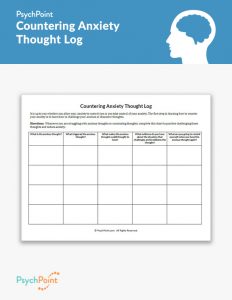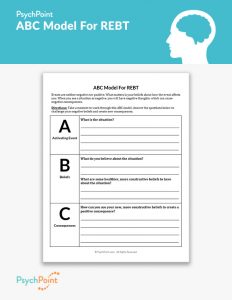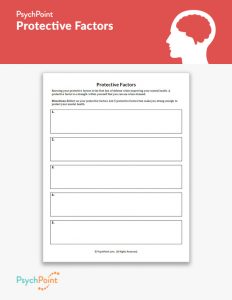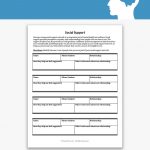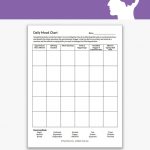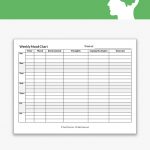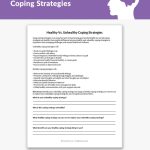People, Places And Things Worksheet
Worksheet published on March 27th, 2023
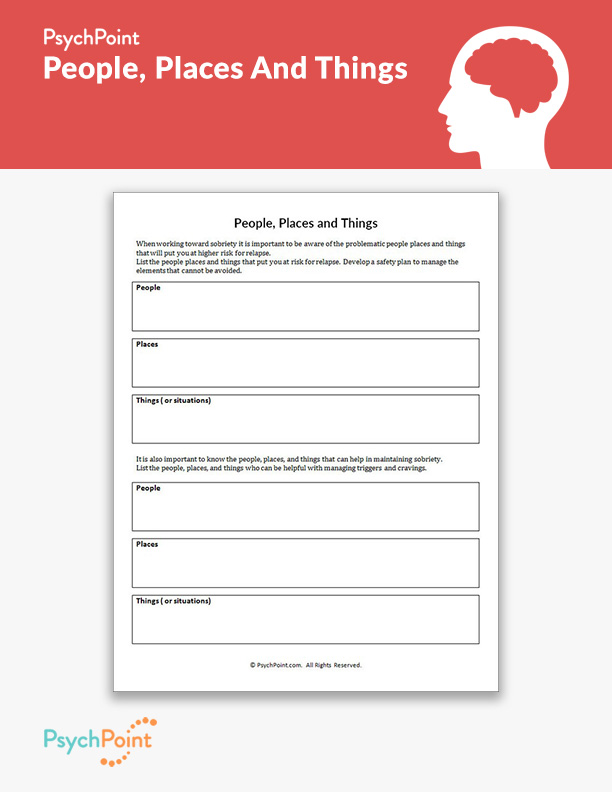
When starting with recovery from substance use, it is important for the client to know the people, places, and things to avoid. The more a client learns about themselves and their sobriety, the more they realize the how certain people, places, and things influence them and how detrimental they are to their recovery.
The client needs to understand why professionals recommend that they avoid the people and situations that have to do with substance use because it can often be hard to let go of such people and situations. For many, letting go of people, places, and situations that encourage substance use can be an emotional thing to come to terms with.
About This Worksheet
This is the People, Places And Things worksheet. This worksheet asks the client to identify people, places, and things or situations that cause a high risk for relapse. This worksheet helps with risk management and creating a prevention plan for possible relapses.
Along with the people, places, and things to avoid, the client is asked to record the people, places, and things that can serve as protective factors against their high-risk situations. This worksheet is great to use in individual sessions with adults and adolescents enrolled in substance use treatment. It can also be helpful in group sessions.
Instructions
To begin, review the introduction on the worksheet and explain the importance of knowing which people, places, things, and situations to avoid while in substance use recovery. You may also point out that some people, places, and things are unavoidable, and therefore need to be planned for properly. Allow the client time to complete the first half of the worksheet before moving on to the second half.
When the client has completed the first half of the worksheet, review the instructions for the second half of the worksheet. Allow them time to complete the second half of the worksheet before reviewing their responses.
Take time to brainstorm how to best fit the client’s responses into a plan to navigate high-risk situations and best utilize their helpful people, places, and things or situations. Provide the client with a copy of the worksheet for reference.

